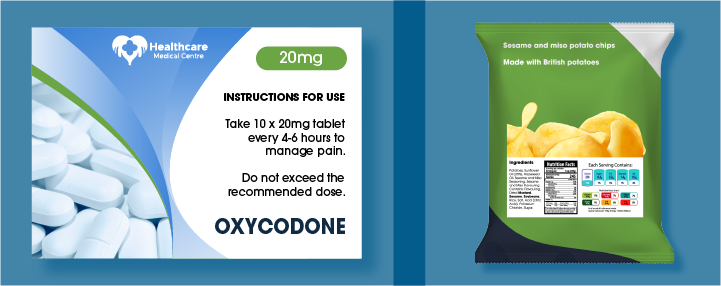What to do with misprints?
Misprints and manufacturing errors happen. Whether you’re a one-man-band making custom t-shirts as your side hustle or a giant homeware manufacturer, at some point, you’ll probably have to deal with items that have been produced with flaws, faults, or imperfections. So, what should you do with these items?
Books and other printworks misprints.
Even in large publishing houses, misprints and typos in printed literature are very common. From the works of Shakespeare to the dictionary, mistakes find their way into printed works all the time. Usually, these errors are found in the proofreading stage or when the first books come off the press. At that point, publishers usually would shred the copies for recycling. While pretty embarrassing, unnoticed misprints are never usually so severe that published materials have to be recalled from shelves, but this does happen sometimes. If this is the case, you should shred and recycle the recalls. If there are just a few minor typos, keep note of these and make sure the copies are changed in time for the next print run.
Misprinted Stamps.
If your company prints stamps and you spot a misprint or perforation error, it’s best to destroy the affected stamps. Unlike older stamps with misprints that are highly desirable amongst collectors, modern stamps are not usually sought after. They are more likely to be an annoyance for stamp sellers and buyers than a cause for excitement. The best option is to destroy these before they have the chance to enter circulation.
Handmade items or items with your own designs.
If you are someone who sells your crafts or designs online on platforms such as Etsy or Folksy, you have probably come across many flawed but functional items already on the site. Items that are considered ‘b-grades’ or ‘seconds’ are typically items with minor flaws or defects. These items are often still popular amongst buyers. Who wouldn’t love a near-perfect product with a big discount? If you have items that are still usable or sellable, make sure you include a note in your description highlighting the defects. This ensures your buyers have full transparency when making their purchase.
If you have items that aren’t suitable for sale at a discount, for example, t-shirts with obvious spelling errors, these should be securely shredded and recycled to protect your brand and any work-in-progress designs.

Design and factory errors in manufacturing.
Design errors aren’t a problem only faced by artisans; they happen at huge companies too. Everything from coins to video games to homeware can end up printed, designed, or manufactured incorrectly. If you’re lucky and notice these errors before they are manufactured and shipped out to consumers, you can destroy these items before any reputational damage occurs. If you notice these mishaps after production and before shipping, this could be a costly mistake. However, an even costlier mistake would be to ship them out anyway and hope for the best. If in doubt, think of how public perception of your brand’s quality could change if these items were distributed.
Situations where printing or labelling errors would be dangerous and must be destroyed.
There are some situations where printing or labelling errors would be disastrous and some where there could even be a risk to human life.

One example where incorrect labels must be destroyed immediately is in the pharmaceutical industry. There could be lethal consequences if, for example, a 500mg dose of medicine was accidentally labelled as 50mg. It is thought that 22,000 Brits die each year as a result of medical errors. Ensuring medication labels are correct could save thousands of lives.
Food packaging, and the ingredients list in particular, is another item that should be a top priority for packaging manufacturers. Following on from the tragic accidental death of 15-year-old Natasha Ednan-Laperouse in 2016, Natasha’s Law was introduced. The law requires all food produced and packed for sale in the same premises to have a complete ingredient list. Natasha died from accidentally consuming a sandwich that contained sesame. Despite being a common allergen, sesame was not listed anywhere on the packaging. Food allergies affect between 1-2% of the UK population, so making sure your ingredient lists are right is vital. Any misprints should be destroyed immediately to avoid the risks of public harm.
Other misprints that should be destroyed.
There are many other misprints that should be destroyed if errors are found. One example is instruction or user manuals, especially if any errors could cause the reader harm, distress, or damage to whatever it is they are trying to build or use. Another is books or papers designed to educate. Misinformation in educational materials is sometimes inevitable. This is because as technology and research advances, so does our understanding of data and information. However, as with mistakes in regular non-educational books, any inaccuracies should be noted and changed for any reprints. Old copies, if still held, should be destroyed if feasible to do so. The list of potentially misprinted materials is endless, but if in doubt, destroy. Feel free to speak with one of our destruction specialists for advice about what can and cannot be destroyed, or for a no-obligation quote.
Sign up for our newsletter to receive alerts about new blog articles, data protection advice, and Shred Station news.
